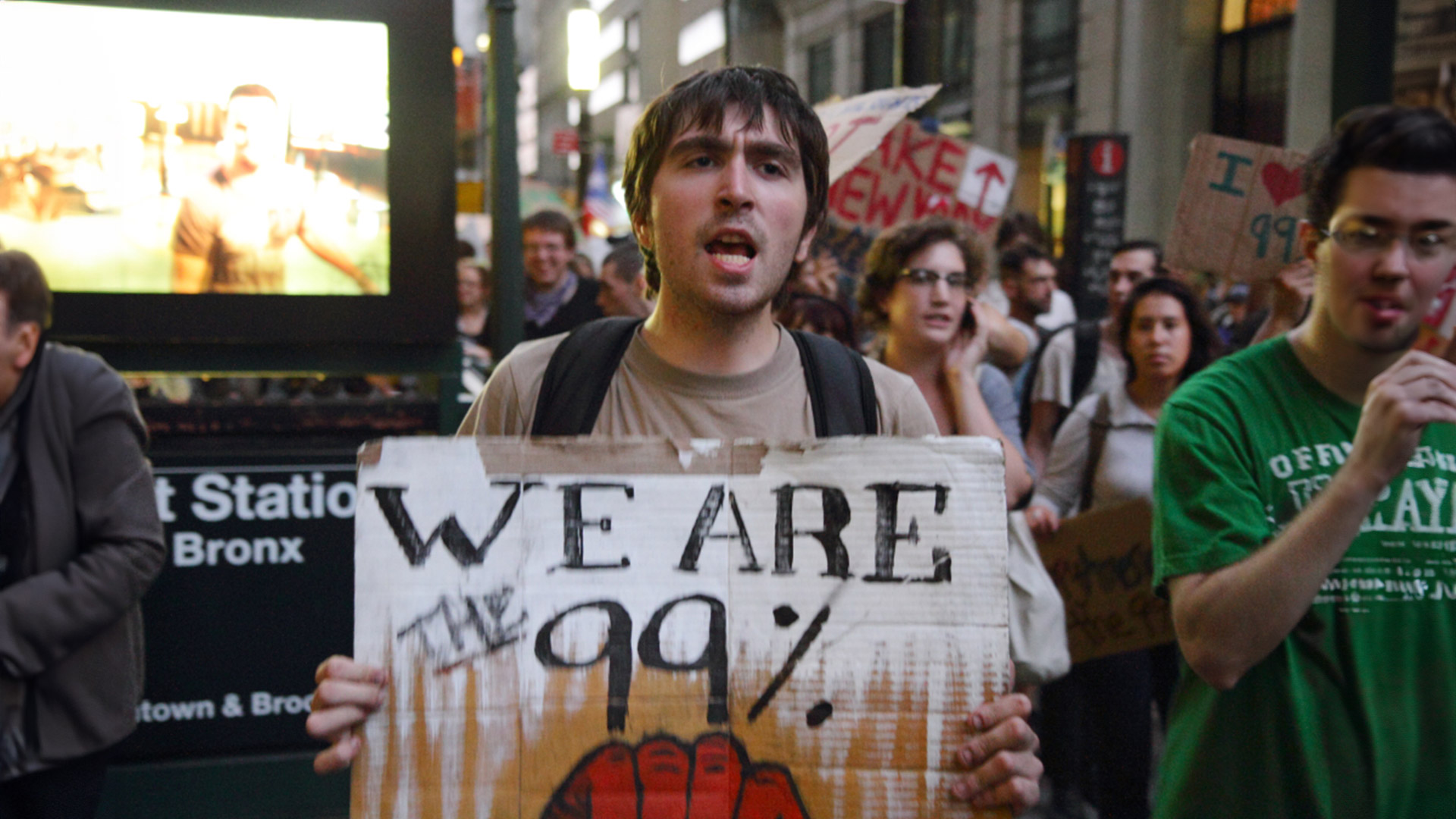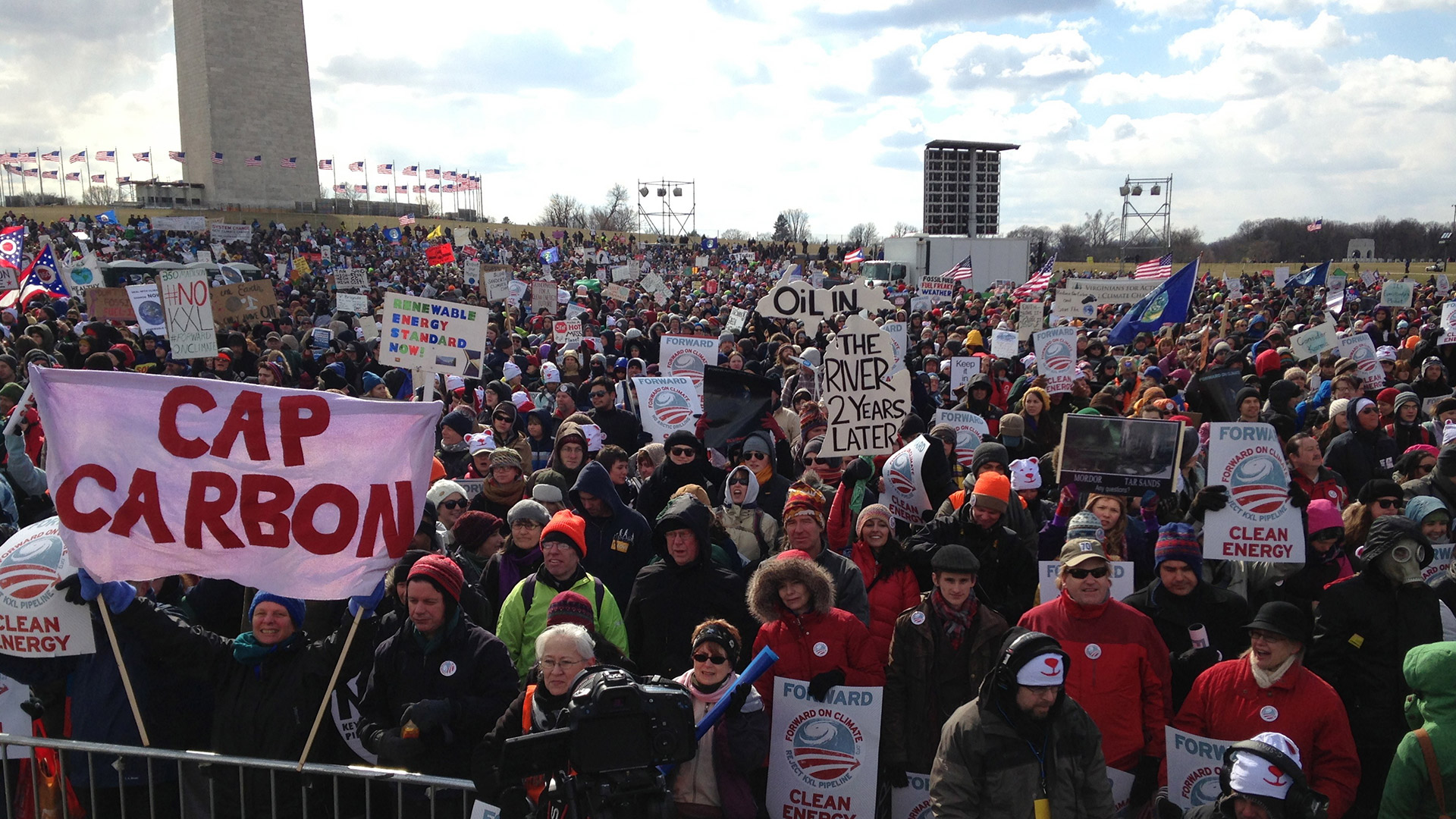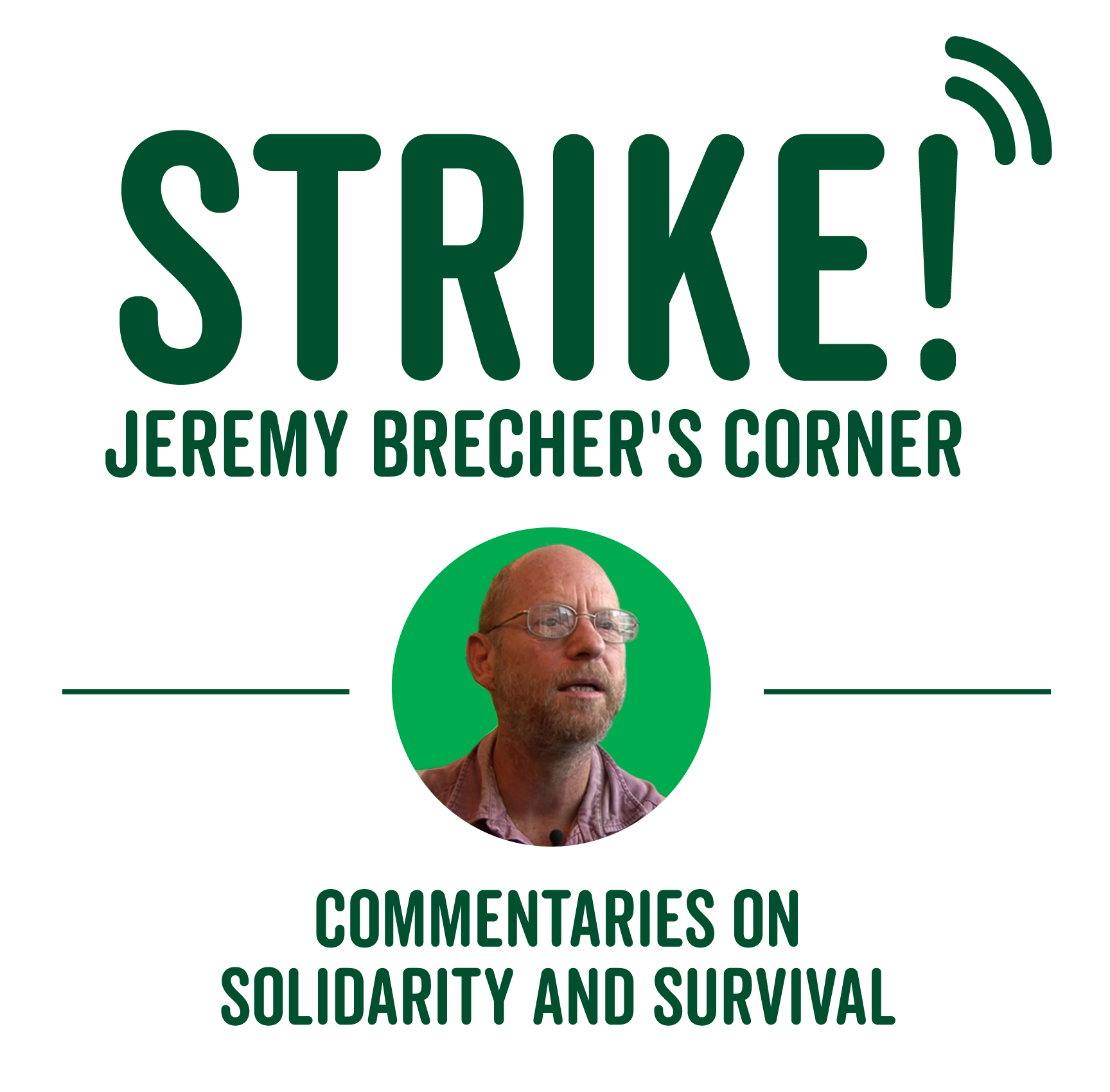Listen to the audio version >>
Social movements often find themselves locked into isolated silos, divided by internecine conflict, or even brutalizing each other in “circular firing squads.” This Commentary provides historical examples of how such self-destructive patterns can be overcome. An earlier version was written as a contribution to the Great Transition Initiative Forum What’s Next for the Global Movement? at https://greattransition.org/gti-forum/global-movement-whats-next-brecher The series addressed the question “What’s Next for Movement Unity?”

The principal problems of movement unity do not involve uniting the already like-minded, but drawing together those who are siloed or even antagonistic. But how do we move past such fragmentation? My observation as a historian of social movements is that a crucial reason for movements to de-silo, cooperate, and converge is from a perception of the possibility of gaining power to affect problems through greater cooperation and mutual support.
To show that such overcoming of divisions does actually happen, and that it is related to the aspiration for more effective power, let me briefly sketch four examples of de-siloing, growing cooperation, and partial convergence among movements.
Globalization from below, also known as the anti-globalization or global justice movement, brought together a highly diverse range of movements and organizations from all over the world. After gestating for years in response to “globalization from above,” globalization from below burst into public view with the 1999 “Battle of Seattle” that shut down the attempt to establish the World Trade Organization as a neoliberal economic constitution for the world. As author and activist Vandana Shiva put it in the aftermath of the Battle of Seattle, “When labor joins hands with environmentalists, when farmers from the North and farmers from the South make a common commitment to say ‘no’ to genetically engineered crops, they are not acting as special interests. They are defending the common interests and common rights of all people, everywhere.”[1] That process has continued in myriad forms, notably in the global gatherings of the World Social Forum.[2]

A man is holding a sign that says, “We Are The 99%” at a Occupy Wall Street protest. Photo Credit: Paul Stein, Wikipedia
Occupy Wall Street began on September 17, 2011, in the aftermath of the Great Recession. An initial group of about 1,000 people set up camp in a park near Wall Street with slogans like “Banks Got Bailed Out – We Got Sold Out” and “We Are the 99 Percent.” They issued a list of grievances against the “corporate forces of the world” that ranged from illegal housing foreclosures to outsourcing and deprivation of labor rights, and from excessive student debt to “domination and corruption of the political process.” Over time, the Occupy movement became involved in direct action campaigns to support unions, fight evictions, cancel student debt, resist fossil fuel pipelines, provide relief to the victims of Hurricane Sandy, and many others. The movement went national, with occupations in more than 600 communities in the United States from Akron and Albany to Ypsilanti and Yuma. Then it went global, with a Global Day of Action with rallies in more than 1,000 cities in 82 countries by what Reuters called “anti-greed protesters” who were “galvanized by the Occupy Wall Street movement.” While the encampments were eventually shut down by police evictions, the impact was lasting. Occupy Wall Street veterans played a significant role in supporting the Chicago teachers strike and the organizing of Walmart and fast food workers. Political pundits of right and left attributed Obama’s victory in the 2012 presidential elections to his adopting a political narrative previously popularized by the Occupy movement.[3]

An estimated crowd of 35,000-50,000 gathers near the Washington Monument on 17 February 2013 to protest against the Keystone XL pipeline and support action on climate change. Photo Credit: Jmcdaid, Wikipedia
The movement against the Keystone XL pipeline began with indigenous First Nations in the Alberta region where the pipeline was to originate. Intertribal gatherings began constructing anti-KXL alliances with other indigenous groups around North America. In Nebraska, an organization called BOLD Nebraska brought together a coalition of conservative ranchers, urban progressives, environmentalists, and farm advocacy groups to oppose the pipeline. Then a new group, Tar Sands Action, was established, growing out of the climate organization 350.org. Over a two-week period, more than 1,200 people were arrested in civil disobedience at the White House. This transformed the struggle against the pipeline to the leading environmental issue of the subsequent years. In one week, hundreds of activists marched on an Obama fundraiser event; two people encased themselves in concrete at a pipeline construction site; hundreds protested the appearance of the Canadian prime minister in New York. Late in 2014, an improbable but highly photogenic coalition calling itself the “Cowboy Indian Alliance” of often-antagonistic farmers, ranchers, and tribal leaders held a five day “Reject and Protect” encampment in Washington, DC. After years of struggle, the movement achieved victory when on his first day in office President Joe Biden revoked the permit for the pipeline.[4]
The labor-climate movement in the US has attempted to overcome the false “environment vs. jobs” dichotomy that has been the primary frame for characterizing the relation between organized labor and climate protection. The organization with which I work, the Labor Network for Sustainability, is a “bridging organization” with the explicit goal of bringing together the generally siloed US labor, environmental, and climate justice movements.[5] Over the past dozen years, we have educated each movement about the issues and needs of the others, initiated mutual support on the concerns of each (such as a campaign that drew in more than 100 environmental and allied organizations to back the strike demands of the United Auto Workers union), and developed programs (like “just transition” plans that would cut greenhouse gas emissions in ways designed to promote good union jobs) to create integrated common objectives and varied forms of common action (such as demonstrations and legislative campaigns for policies that embody common objectives and interests.) We bring these often opposed constituencies together in a series of Convergences on Labor and Climate to better understand differences and to identify potential areas of common interest and common action.
These examples and others of movement de-siloing, cooperation, and convergence often embody a common pattern. Individuals and groups face problems that they do not have the power to solve. The recognition of inadequate power may lead to a search for new strategies. These may often involve a recognition that others face related problems. That poses the possibility of developing greater power to address the problems through cooperation. Exploring such possibilities may take various forms, such as efforts to understand each other’s experience and perspective, lending support in concrete instances, testing mutual cooperation, building on initial tests to develop wider forms of cooperation, reorganization of preexisting understandings to partially incorporate the understandings of the other, and new forms of cooperative action based on that reorganized consciousness.[6]
As these examples show, the overcoming of divisions among movements and constituencies is not a hopeless fantasy, but a real historical phenomenon that has happened over and over again. And, in the immortal words of Kenneth Boulding, whatever happens is possible.
[1] Jeremy Brecher, Tim Costello, and Brendan Smith, Globalization from Below (Cambridge, MA: South End Press, 2000), 15, fn 25. https://www.jeremybrecher.org/globalization-from-below-2/
[2] For more on globalization from below, see Brecher, Costello, and Smith, Globalization from Below, Ibid.
[3] Jeremy Brecher, Strike!: 50th Anniversary Edition (Oakland, CA: PM Press,), 372–373. https://pmpress.org/index.php?l=product_detail&p=1085
[4] Jeremy Brecher, Common Preservation in a Time of Mutual Destruction (Oakland, CA: PM Press, 2021), 243–244. https://pmpress.org/index.php?l=product_detail&p=1095
[5] For more, see https://www.labor4sustainability.org.
[6] For multiple examples of this process, see Brecher, Common Preservation, Ibid.

